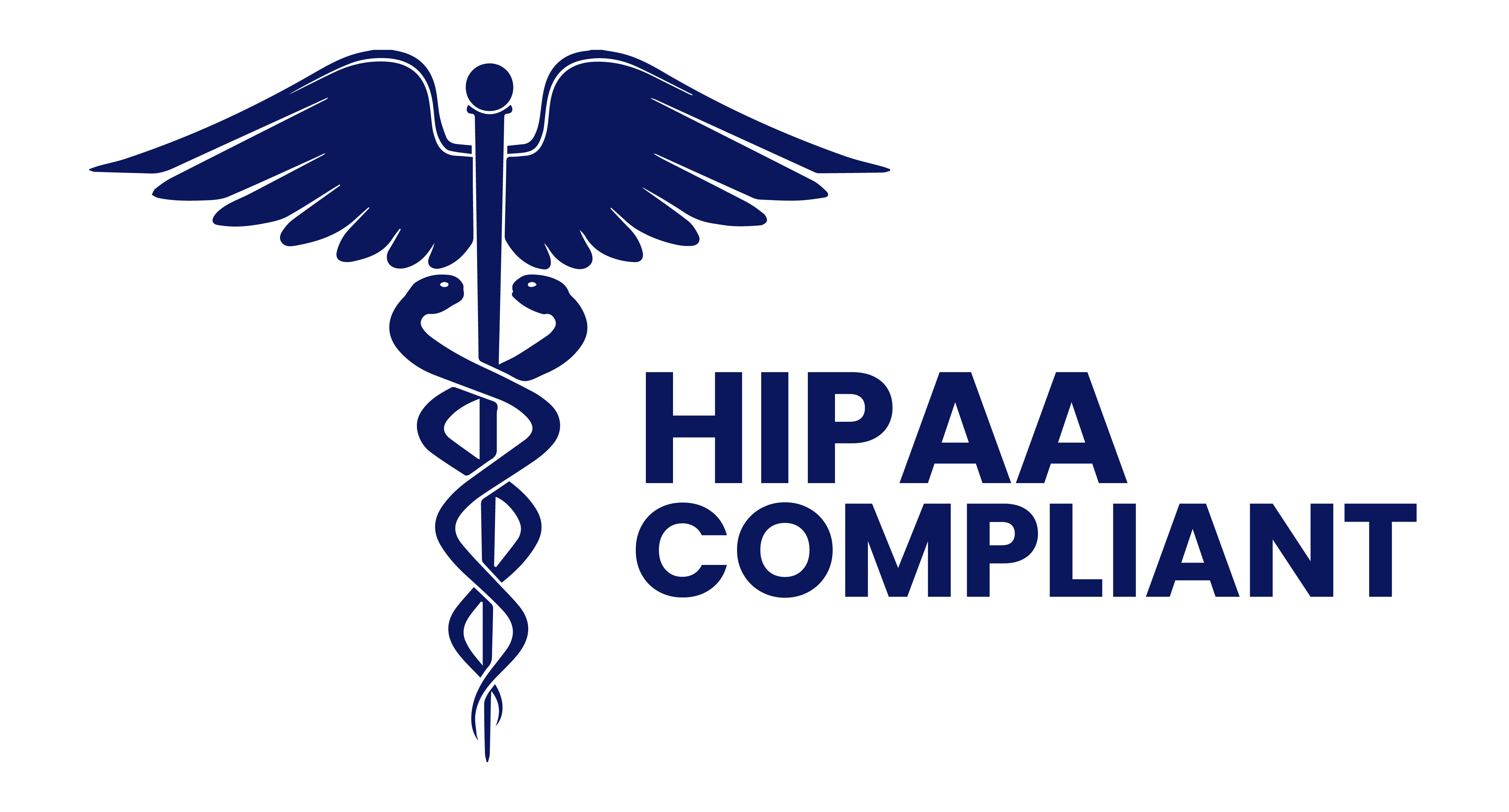With the rise of back-office outsourcing, companies have struggled to find accurate ways to measure their success. This is crucial for both the outsourcing provider and the client company.
The success of an outsourcing arrangement can be determined by various metrics and key performance indicators (KPIs) that help assess the effectiveness, efficiency, and overall impact of the outsourcing partnership.
In this blog post, we explore the key metrics for measuring the success of back-office outsourcing.
Back-Office Outsourcing 101
Back-office outsourcing refers to a business practice where a company contracts non-core administrative and support functions to a third-party service provider.
This allows the organization to focus on its core competencies while leveraging the expertise and efficiency of specialized outsourcing companies.
Key Metrics for Measuring Success
Measuring the success of back-office outsourcing requires specific metrics that evaluate the effectiveness, efficiency, and impact of the outsourcing partnership.
When measuring the success of back-office outsourcing consider the following key metrics:
1. Cost Savings:
Cost Reduction: Calculate the percentage reduction in operational costs compared to in-house operations.
Cost Per Transaction: Measure the cost associated with each transaction or task outsourced.
2. Quality and Accuracy:
Error Rate: Track the percentage of errors or inaccuracies in outsourced tasks or processes.
Quality Assurance Scores: Conduct regular quality checks and rate the outsourced work for accuracy and quality.
3. Timeliness:
Turnaround Time: Measure the time it takes for the outsourcing provider to complete tasks or processes.
Deadline Adherence: Evaluate how well the provider meets agreed-upon deadlines and service level agreements (SLAs).
4. Productivity and Efficiency:
Output per FTE (Full-Time Equivalent): Assess the productivity of the outsourcing team in terms of the output per employee.
Process Efficiency: Track improvements in process efficiency, such as reduced cycle times or streamlined workflows.
5. Customer Satisfaction:
Client Feedback: Gather feedback from internal stakeholders on their satisfaction with the outsourcing services.
End-User Satisfaction: If applicable, measure end-user satisfaction if the outsourced processes impact external customers.
6. SLA Compliance:
SLA Adherence: Evaluate how well the outsourcing provider adheres to the agreed-upon SLAs, including response times, resolution times, and other performance benchmarks.
7. Data Security and Compliance:
Security Incidents: Monitor the number of security incidents or breaches related to outsourced data.
Compliance with Regulations: Ensure that the outsourcing provider complies with industry-specific regulations and data protection laws.
8. Employee Impact:
Impact on In-House Employees: Assess the impact of outsourcing on the morale and productivity of in-house employees who may be affected by the outsourcing arrangement.
9. Scalability:
Ability to Scale: Evaluate how well the outsourcing provider can scale their services up or down based on your changing business needs.
10. Innovation and Technology Adoption:
Technology Integration: Measure the successful integration of technology and innovation into the outsourced processes, potentially leading to efficiency gains.
11. Risk Management:
Risk Mitigation: Identify and assess potential risks associated with outsourcing and evaluate how well they are managed and mitigated.
12. Long-Term Value:
Alignment with Strategic Goals: Determine if the outsourcing arrangement aligns with your organization’s long-term strategic objectives and provides sustainable value over time.
13. Communication and Transparency:
Communication Effectiveness: Evaluate the level of transparency and communication between your organization and the outsourcing provider.
14. Contractual Metrics:
Contractual KPIs: Review and assess KPIs defined in the outsourcing contract to ensure they are met.
15. Vendor Performance Scorecards:
Create Scorecards: Develop scorecards that combine various metrics into a single rating, providing a holistic view of the outsourcing provider’s performance.
Read more: Frequent Questions About Outsourcing: Back-Office Support
Setting Clear Objectives and KPIs
Setting clear objectives and key performance indicators (KPIs) for back-office outsourcing is essential to ensure that both you and your outsourcing partner have a shared understanding of what success looks like and how it will be measured.
Here’s a step-by-step guide to help you establish clear objectives and KPIs for your back-office outsourcing initiative:
1. Define Your Objectives:
Begin by identifying the specific goals and objectives you want to achieve through outsourcing. What are the main reasons for outsourcing back-office functions? Examples might include cost reduction, process efficiency improvement, better scalability, or enhanced quality.
2. Make Objectives SMART:
Ensure your objectives are SMART: Specific, Measurable, Achievable, Relevant, and Time-bound. For example, instead of a vague objective like “improve efficiency,” a SMART objective could be “reduce invoice processing time by 20% within six months.”
3. Identify Key Areas for Outsourcing:
Determine which back-office functions or processes are candidates for outsourcing. Common areas include finance and accounting, HR, payroll, data entry, customer support, and procurement.
4. Align Objectives with Strategic Goals:
Ensure that your outsourcing objectives align with your organization’s broader strategic goals and long-term vision. The outsourcing initiative should support your overall business strategy.
5. Establish Clear KPIs:
Develop a set of KPIs that directly align with each objective. KPIs should be specific, quantifiable, and relevant to the outsourced function.
6. Set Benchmarks and Baselines:
Establish benchmarks or baseline measurements for each KPI to provide context for performance evaluation. This could include historical data or industry benchmarks.
7. Assign Responsibility:
Clearly define who within your organization is responsible for tracking and monitoring the KPIs. It’s important to have dedicated personnel responsible for performance management.
8. Implement Regular Reporting:
Establish a reporting cadence to review KPIs and assess progress. Regular reports should include actual performance against benchmarks, trends, and areas that need improvement.
9. Continuous Improvement:
Use the KPI data to drive continuous improvement efforts. If KPIs indicate areas where performance is falling short of objectives, work with your outsourcing partner to implement corrective actions and optimizations.
10. Flexibility and Adaptation:
Be prepared to adjust objectives and KPIs if circumstances change or as the outsourcing partnership evolves. Flexibility is key to ensuring that your objectives remain aligned with your business needs.
11. Communication with the Outsourcing Partner:
Share your objectives and KPIs with the outsourcing provider during contract negotiations. Ensure they understand your expectations and are committed to achieving the agreed-upon objectives.
12. Performance-Based Incentives:
Consider incorporating performance-based incentives into your outsourcing contract to motivate the provider to meet or exceed KPI targets.

Unlocking Success with Horatio: Back-Office Outsourcing
Measuring success in back-office outsourcing requires a combination of quantitative and qualitative metrics to provide a comprehensive view of the partnership’s impact.
Regularly review and adjust these metrics as needed to ensure that the outsourcing arrangement continues to meet your organization’s evolving goals.
At Horatio, our years of expertise allow us to deliver results in our back-office outsourcing efforts. Interested in leveling up your business operations? Contact us today to start.






